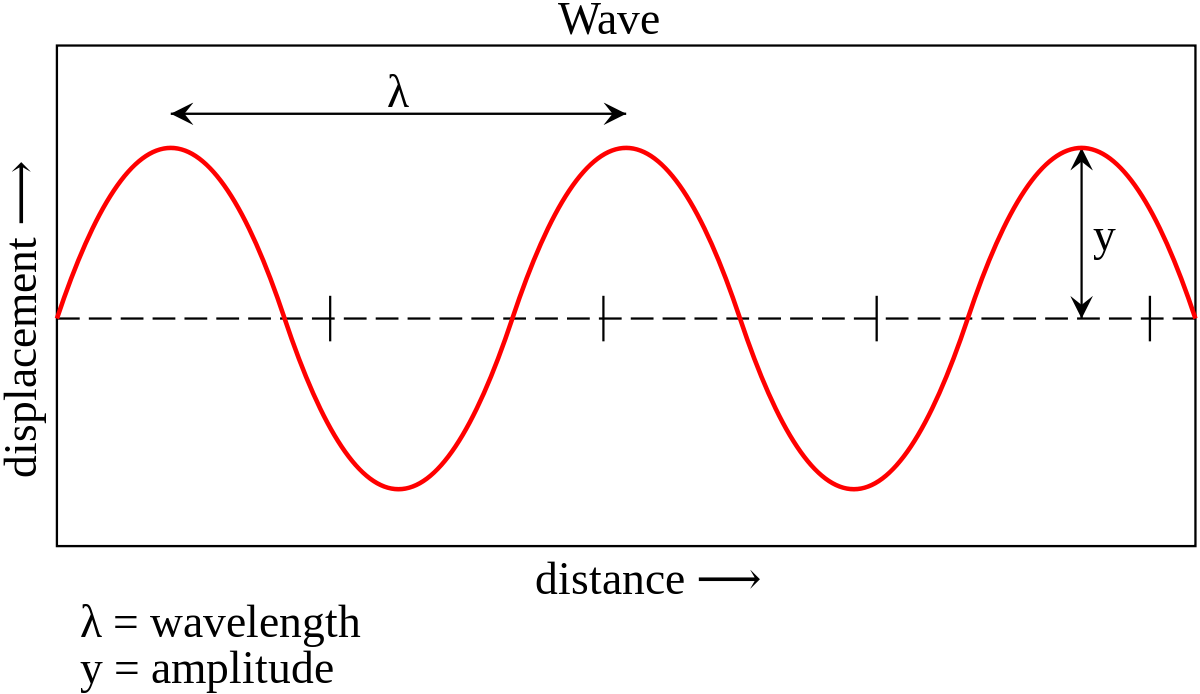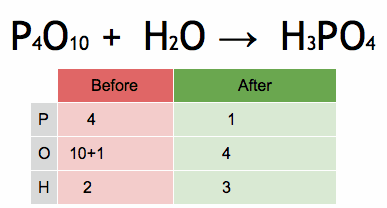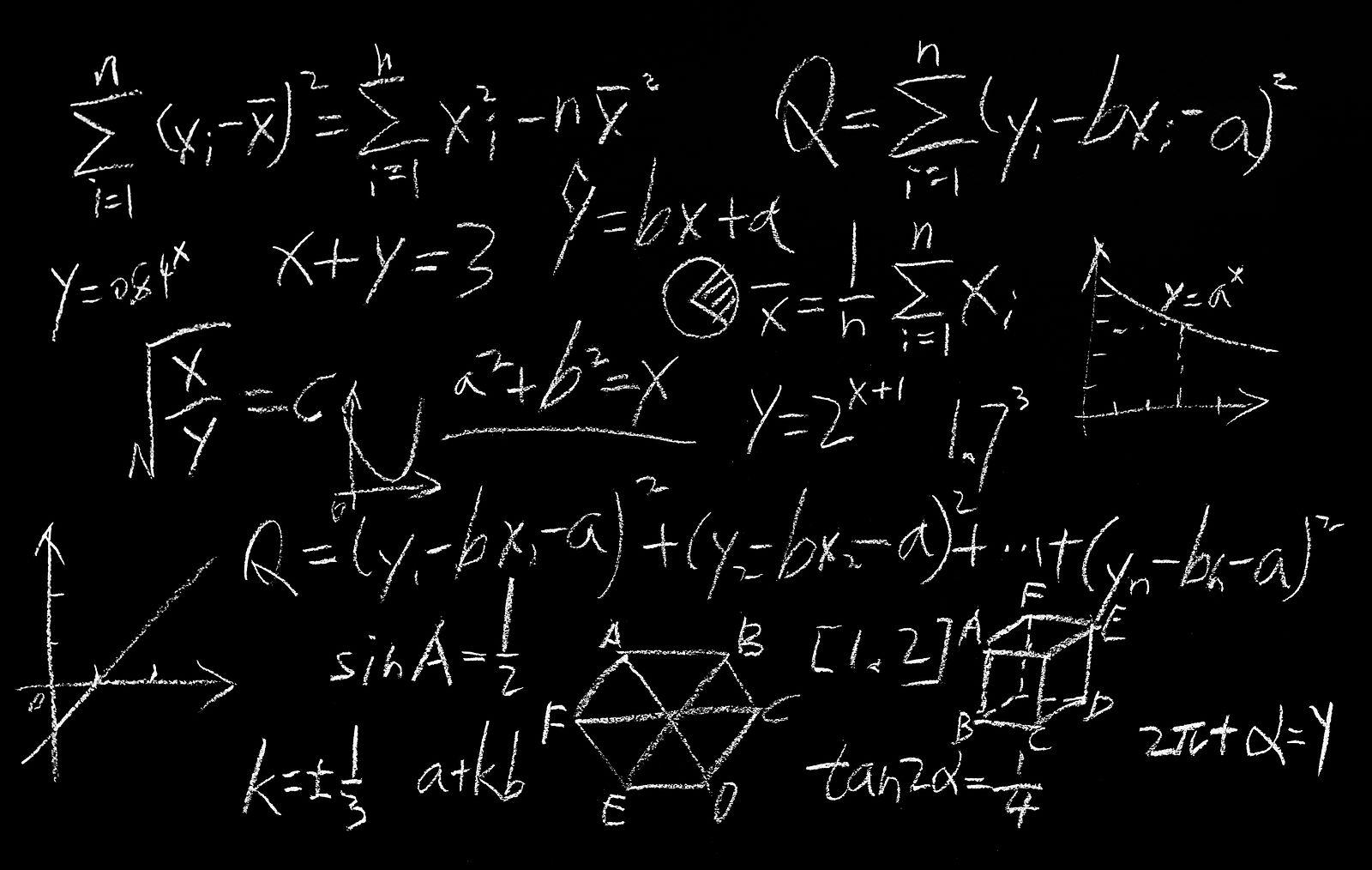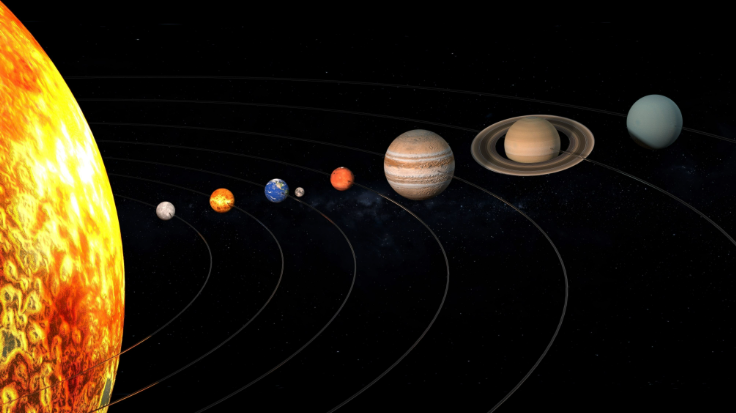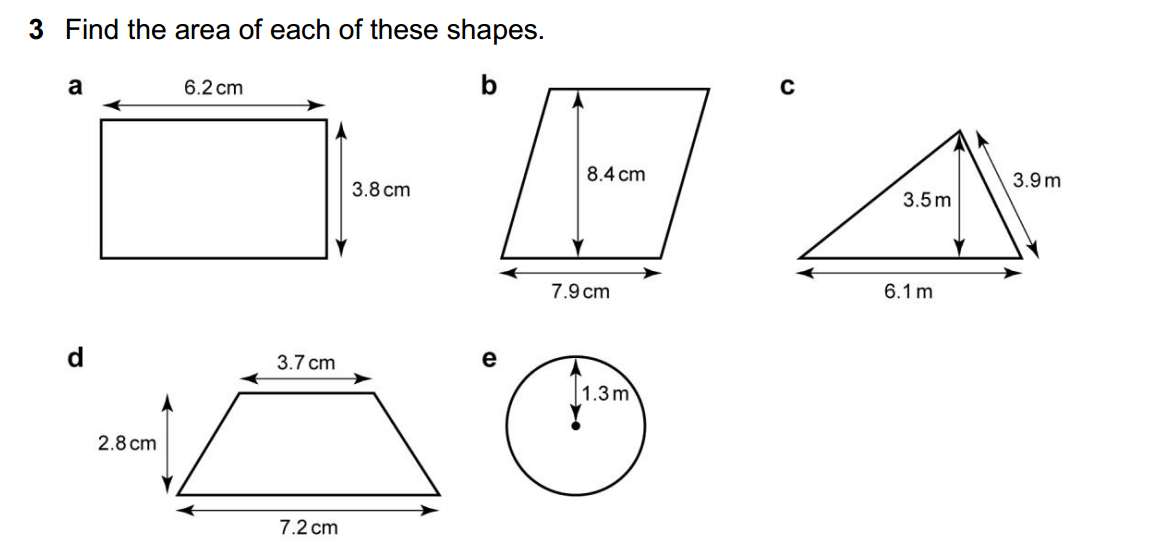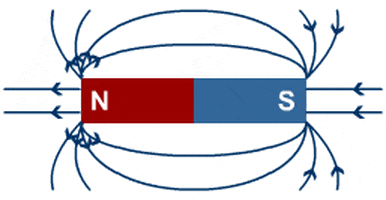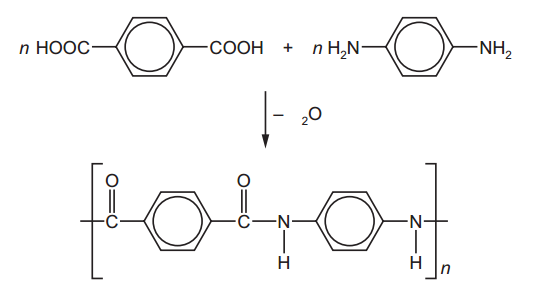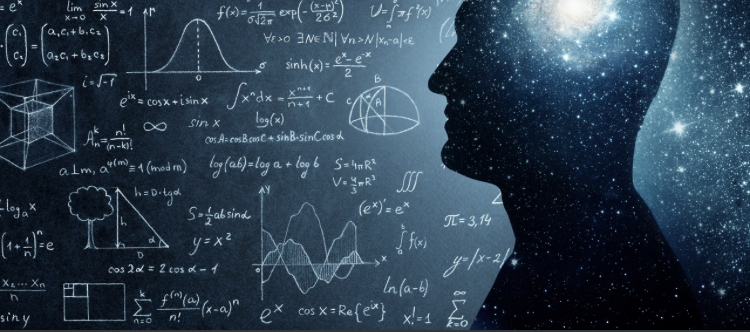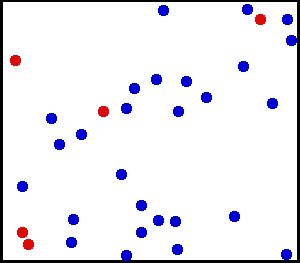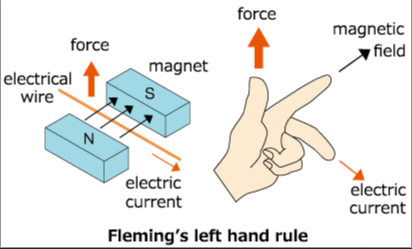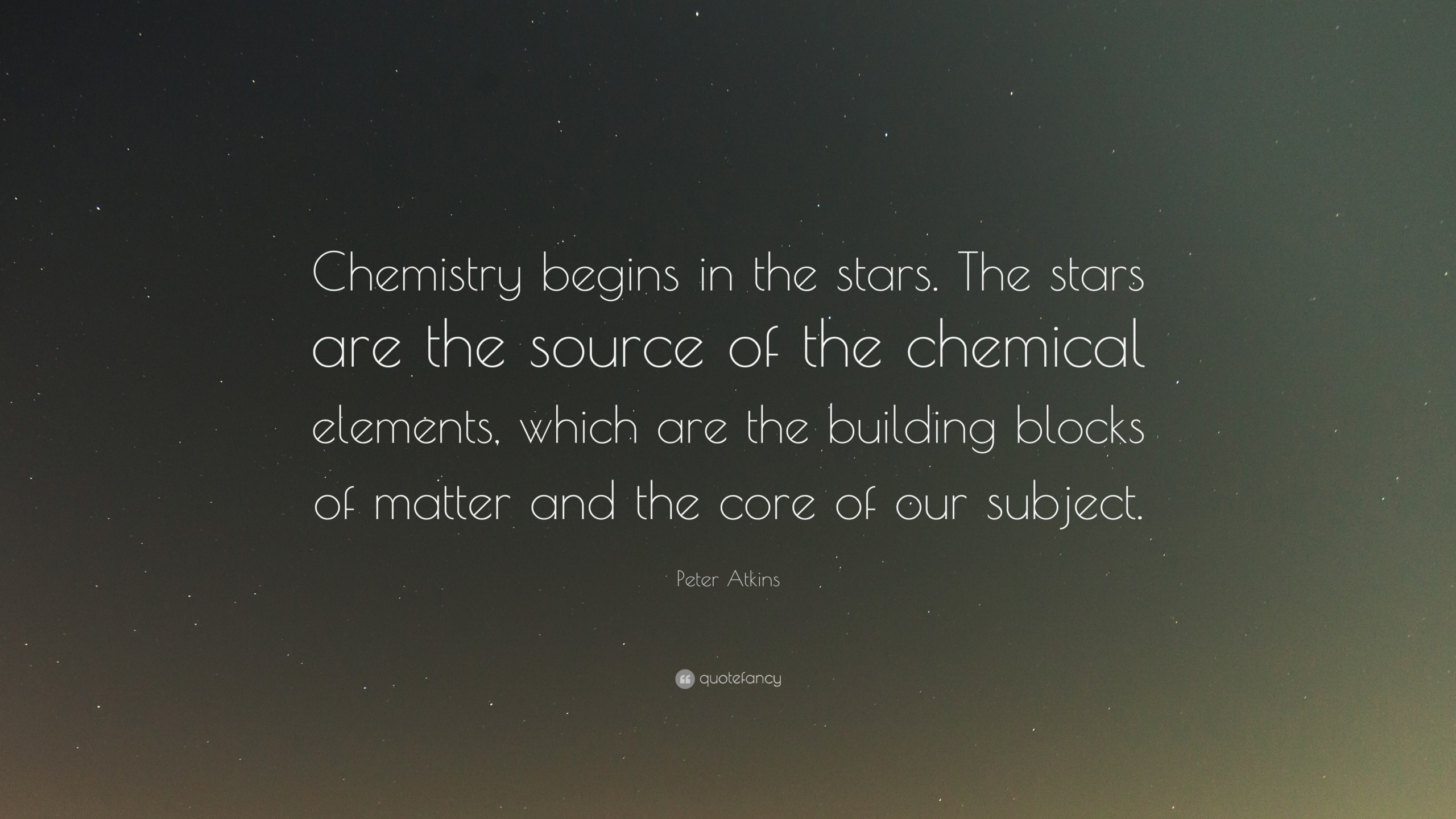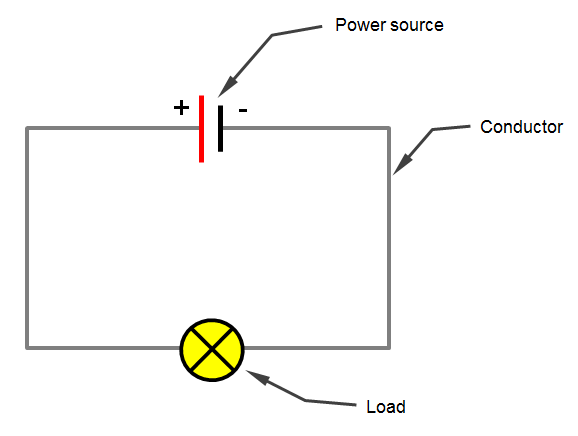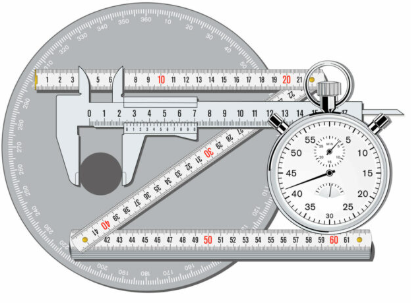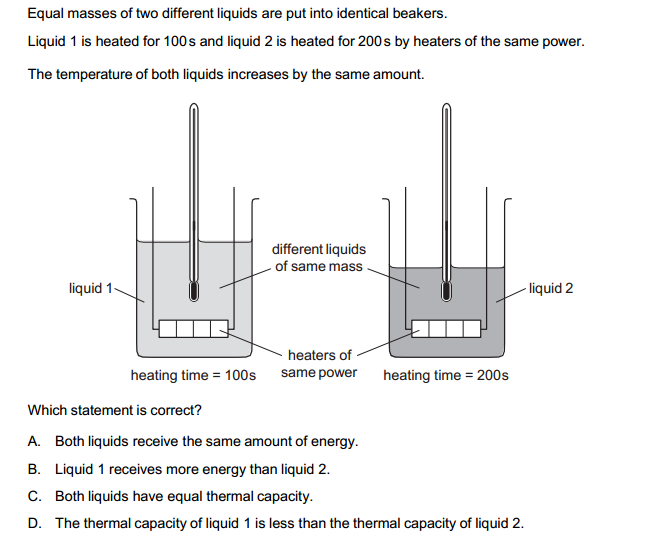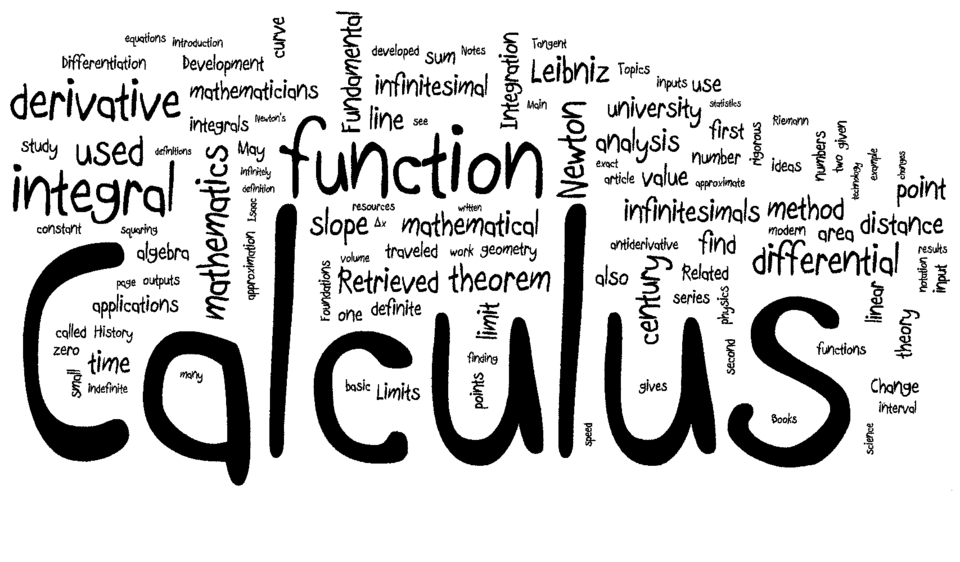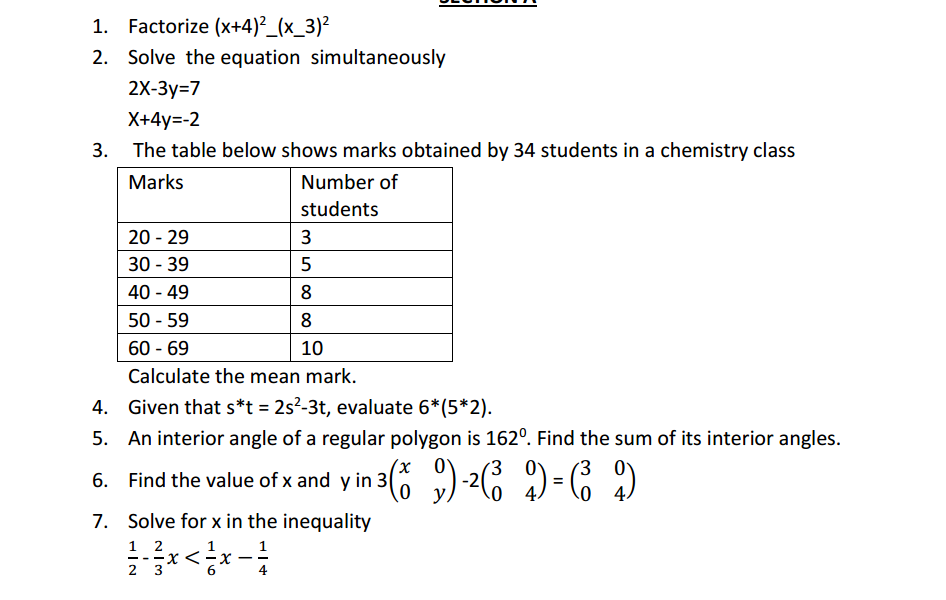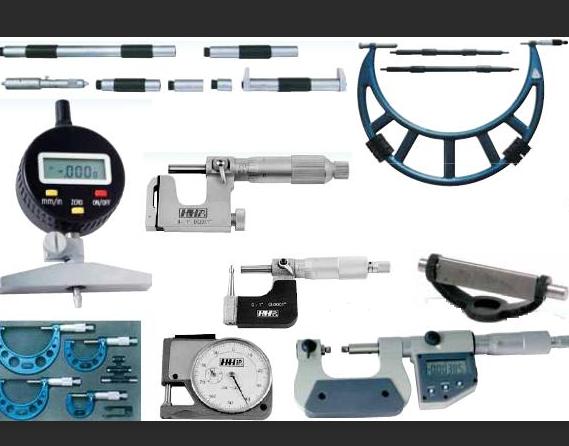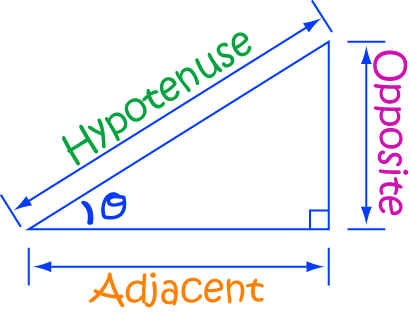Reflection and refraction are fundamental phenomena related to the behavior of light when it encounters different surfaces or media. They are key concepts in the study of optics and are responsible for many optical effects we observe in our daily lives.
Reflection:
Reflection occurs when light encounters a surface and bounces back in the opposite direction, following the law of reflection. Key points about reflection include:
- Law of Reflection: The law of reflection states that the angle of incidence (the angle at which the incoming light strikes the surface) is equal to the angle of reflection (the angle at which the reflected light leaves the surface). This law holds for both the incident ray and the reflected ray, and it is true for all types of waves, not just light.
- Regular vs. Diffuse Reflection: In regular reflection, parallel incident rays produce parallel reflected rays, resulting in a clear and distinct reflection, as seen in a mirror. In diffuse reflection, incident rays scatter in various directions, creating a rough or blurry reflection, as seen on most non-reflective surfaces.
- Mirrors: Mirrors are designed to produce clear and regular reflections. Concave mirrors (curved inward) can produce real or virtual images, depending on the position of the object, while convex mirrors (curved outward) always produce virtual, diminished, and upright images.
- Law of Reversibility: The path of reflected light can be reversed. If you trace the reflected rays backward, they converge at a point behind the mirror. This point is called the “focus” for concave mirrors.
Refraction:
Refraction occurs when light passes from one medium into another, such as from air to water or from one transparent material to another. Key points about refraction include:
- Refraction at Boundaries: When light crosses the boundary between two materials with different optical densities (refractive indices), it changes its speed and direction. This bending of light is due to the change in its velocity in different materials.
- Snell’s Law: Snell’s Law quantifies the relationship between the angles of incidence and refraction and the refractive indices of the two materials. It is expressed as: n₁sin(θ₁) = n₂sin(θ₂), where n₁ and n₂ are the refractive indices of the first and second materials, respectively.
- Total Internal Reflection: When light passes from a denser medium to a rarer one at an angle greater than the critical angle, total internal reflection occurs. This phenomenon is essential in optical fibers and mirages.
- Lenses: Lenses are optical devices designed to refract light to form images. Convex lenses (thicker in the center) can produce both real and virtual images, while concave lenses (thinner in the center) only produce virtual and diminished images.
- Dispersion: Different wavelengths of light refract by varying amounts, causing the phenomenon of dispersion. This is responsible for the separation of colors in a prism, forming a spectrum.
Reflection and refraction are fundamental to understanding the behavior of light when it interacts with various surfaces and media. They play a crucial role in the design of optical devices, such as mirrors, lenses, and prisms, and are essential in fields like photography, astronomy, and ophthalmology.


